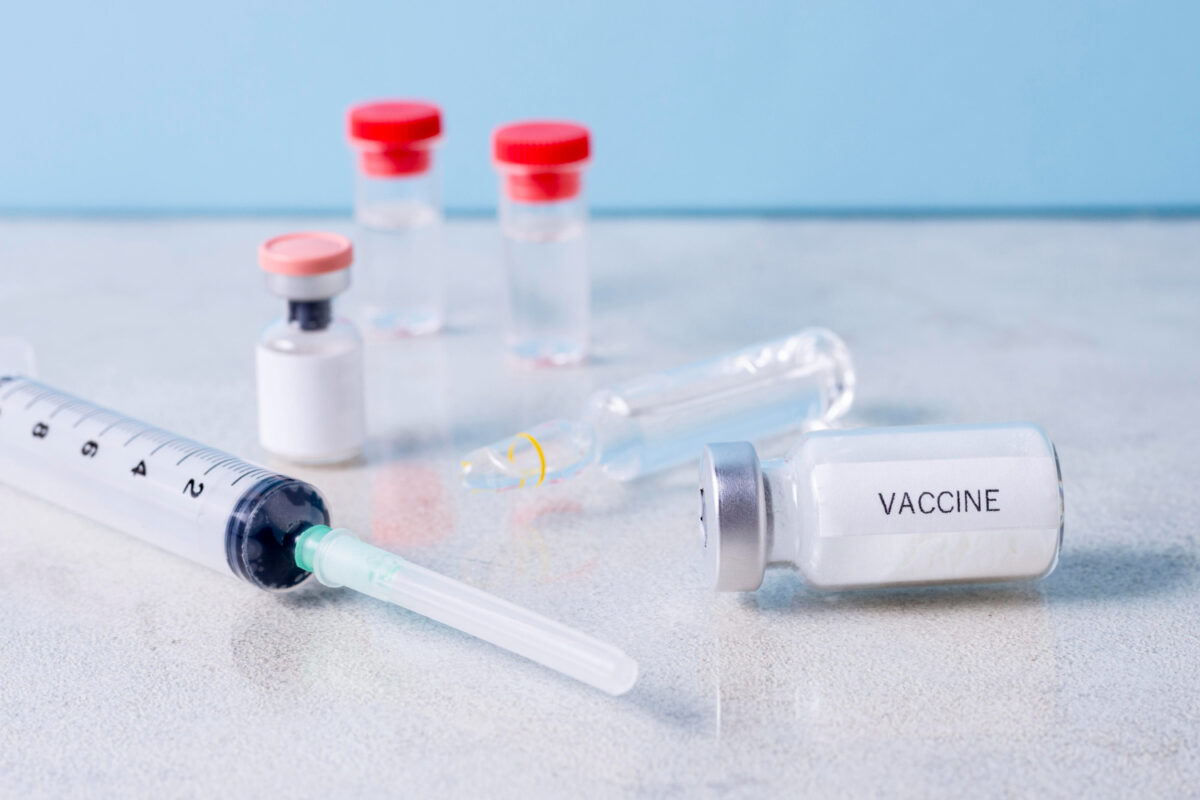Phase III Clinical Trials: Critical Milestones for Drug Market Entry

Phase III clinical trials represent a pivotal stage in the drug development process, often determining whether a new therapy will successfully reach the market. These trials aim to establish the efficacy and safety of new treatments in a larger, more diverse patient population after promising results from earlier phases. This article discusses the critical milestones associated with Phase III clinical trials, the significance of these milestones in the drug approval process, and the implications for market entry.
1. Overview of Phase III Clinical Trials
Phase III trials are the final step before a drug can be submitted for regulatory approval. They typically involve a larger number of participants—often hundreds to thousands—across multiple sites. The key objectives of Phase III clinical trials include:
- Confirming Efficacy: These trials are designed to provide comprehensive evidence of the drug’s effectiveness compared to standard therapies or placebo.
- Assessing Safety: By evaluating the drug’s effects in a larger population, researchers can identify potential side effects and interactions, providing a clearer safety profile.
- Guiding Labeling and Usage: Results from Phase III trials help define the drug’s indications, contraindications, and recommended dosages, guiding physicians in clinical practice.
2. Key Milestones in Phase III Clinical Trials
Several critical milestones must be achieved throughout Phase III trials to ensure successful drug development and market entry:
a. Protocol Development and Approval
The first milestone in a Phase III clinical trial is the development and approval of the trial protocol. This document outlines the study design, objectives, methodology, statistical analysis plans, and participant recruitment strategies. Once developed, the protocol must be approved by regulatory authorities and Institutional Review Boards (IRBs) to ensure ethical standards and participant safety.
b. Participant Recruitment and Enrollment
Effective recruitment of a diverse participant population is crucial for the trial’s validity. Key aspects include:
- Inclusion and Exclusion Criteria: Clearly defined criteria help ensure that the study population accurately reflects the intended use of the drug.
- Outreach Strategies: Engaging healthcare professionals and using community resources can enhance recruitment efforts and improve participant retention.
Successfully meeting enrollment targets is vital, as insufficient participation can jeopardize the trial’s outcomes and timelines.
c. Data Collection and Monitoring
During the trial, systematic data collection and monitoring are critical for assessing the drug’s efficacy and safety. Key activities include:
- Real-time Data Monitoring: Utilizing electronic data capture (EDC) systems ensures accurate and efficient data collection, allowing for timely analysis.
- Adverse Event Reporting: Continuous monitoring of adverse events helps identify safety concerns and facilitates timely reporting to regulatory authorities.
Data integrity and adherence to the study protocol are essential for maintaining the trial’s credibility.
d. Interim Analyses
Interim analyses are conducted at predefined points during the trial to assess the emerging efficacy and safety data. These analyses can help identify:
- Early Evidence of Effectiveness: If a therapy demonstrates significant efficacy early on, it may warrant consideration for accelerated approval.
- Safety Concerns: If safety issues arise, the trial may be halted or modified to protect participant welfare.
Interim analyses can provide valuable insights, guiding decisions about continuing, modifying, or stopping the trial.
e. Final Data Analysis
Once the trial has concluded, the final data analysis is conducted to evaluate the drug’s efficacy and safety comprehensively. This analysis typically includes:
- Statistical Comparisons: Researchers compare outcomes between treatment groups to assess the therapy’s effectiveness and identify any statistically significant differences.
- Safety Profile Review: A thorough review of adverse events and safety data helps define the drug’s overall risk-benefit profile.
This analysis is crucial for preparing the submission to regulatory authorities.
3. Regulatory Submission and Approval
Upon completion of the Phase III trial and final data analysis, the next milestone is the preparation of the regulatory submission. This submission, often referred to as a New Drug Application (NDA) or Biologics License Application (BLA), includes:
- Comprehensive Study Data: Detailed results from the Phase III trial, including efficacy and safety findings.
- Supporting Documentation: Information on manufacturing processes, labeling, and proposed usage guidelines.
Regulatory authorities, such as the U.S. Food and Drug Administration (FDA) or the European Medicines Agency (EMA), review the submission to determine if the drug meets the necessary standards for approval.
4. Post-Marketing Surveillance and Phase IV Trials
Once a drug is approved for market entry, the journey continues. Post-marketing surveillance and Phase IV trials are essential for ongoing evaluation:
- Monitoring Long-term Safety: Post-marketing studies help identify rare adverse effects that may not have been apparent during Phase III trials.
- Assessing Real-world Effectiveness: Phase IV trials can provide additional data on the drug’s performance in broader patient populations and diverse healthcare settings.
These efforts ensure continued oversight of the drug’s safety and efficacy in the real world.
5. Conclusion
Phase III clinical trials are critical milestones in the journey of new therapies from the laboratory to the marketplace. By confirming efficacy and safety, these trials provide the data necessary for regulatory approval and inform clinical practice. Each milestone, from protocol development to regulatory submission, plays a vital role in ensuring that new drugs can safely and effectively meet the needs of patients. As the landscape of drug development evolves, optimizing Phase III trial designs and methodologies will remain essential for advancing innovative therapies and improving healthcare outcomes.





